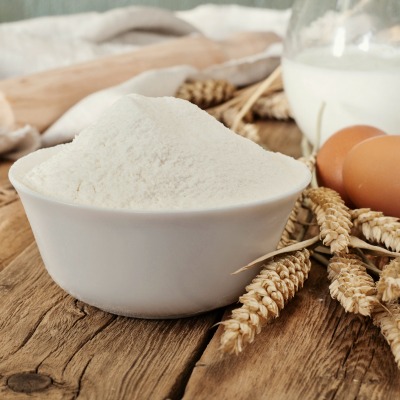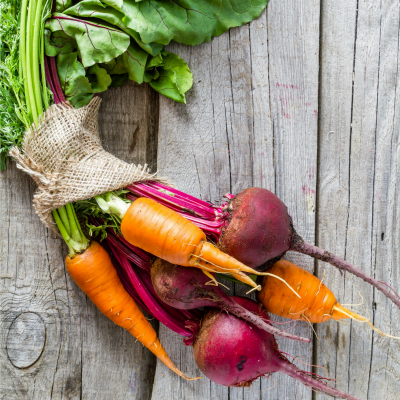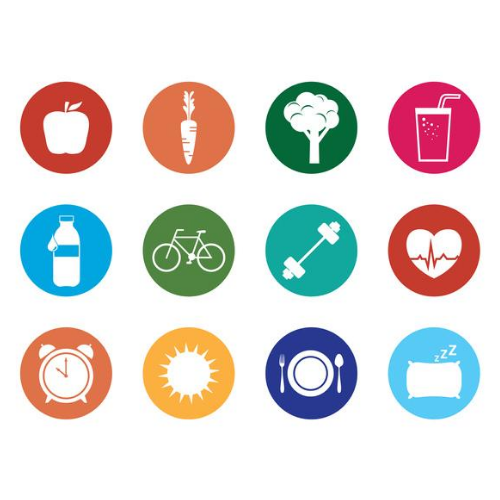

1.Replace your light bulbs with LED light bulbs. Not only do they last longer than traditional bulbs, but they use up to 80 % less electricity, which results in savings of about $200 per year.
2.Install low-flow plumbing fixtures. A low-flow faucet can save about 3000 L or 800 Gallons of water per year and a low-flow toilet can save you about $110-$140 per year. If you cannot make the upgrade right now, put a plastic bottle filled with water in the toilet tank to reduce the amount of water used per flush.
3.Replace paper towels with reusable bamboo paper towels. The average person uses about 2 paper towel rolls per week, costing about $182 per year. It takes 17 trees and more than 20,000 gallons of water to make one ton of paper towels.
4.Upgrade all your appliances to ones that are more energy and water efficient. Look for the terms “Energy-Star” or “Energy Efficient” when purchasing new appliances. By doing so, you can save up to $300 in energy costs over the life of the appliance.
5.Use your dishwasher. Washing dishes by hand can use more water and energy than using a dishwasher. Remember to start the dishwasher only when the machine is completely full.
6.Line-dry your clothes. Running the dryer for an hour, costs about 0.33 cents. Try line-drying your clothes to save energy, especially during the warmer months.
7.Turn down the heat. Layer up and cover yourself in a blanket during colder days. You can save up to 10% if you drop the temperature by 4 degrees Celsius/ 39 degrees Fahrenheit.
8.Swap plastic bags for reusable shopping bags. The average American family uses about 1,500 plastic shopping bags per year. Plastic bags usually cost between 10-15 cents each. By switching to reusable bags, you can save up to $225 per year.
9.Make your own cleaning products. Most store-bought cleaning products contain harmful ingredients that are toxic for your body, bank account, and the environment. According to Statistics Canada, in 2019 the average household spent $248 dollars on household cleaning supplies. You can save money by making your own cleaners with ingredients you probably already have in your pantry, such as vinegar and baking soda.
10.Swap take-out containers for home cooked meals. Cooking food at home is a great way to reduce waste, save money and stay healthy. If you spend about $10-15 for a day of eating out, it can add up to $70 per week or $210 per week if you buy 3 meals a day from outside. Spending about $150 on groceries each month will save you lots of money!




























































































































































































































































































